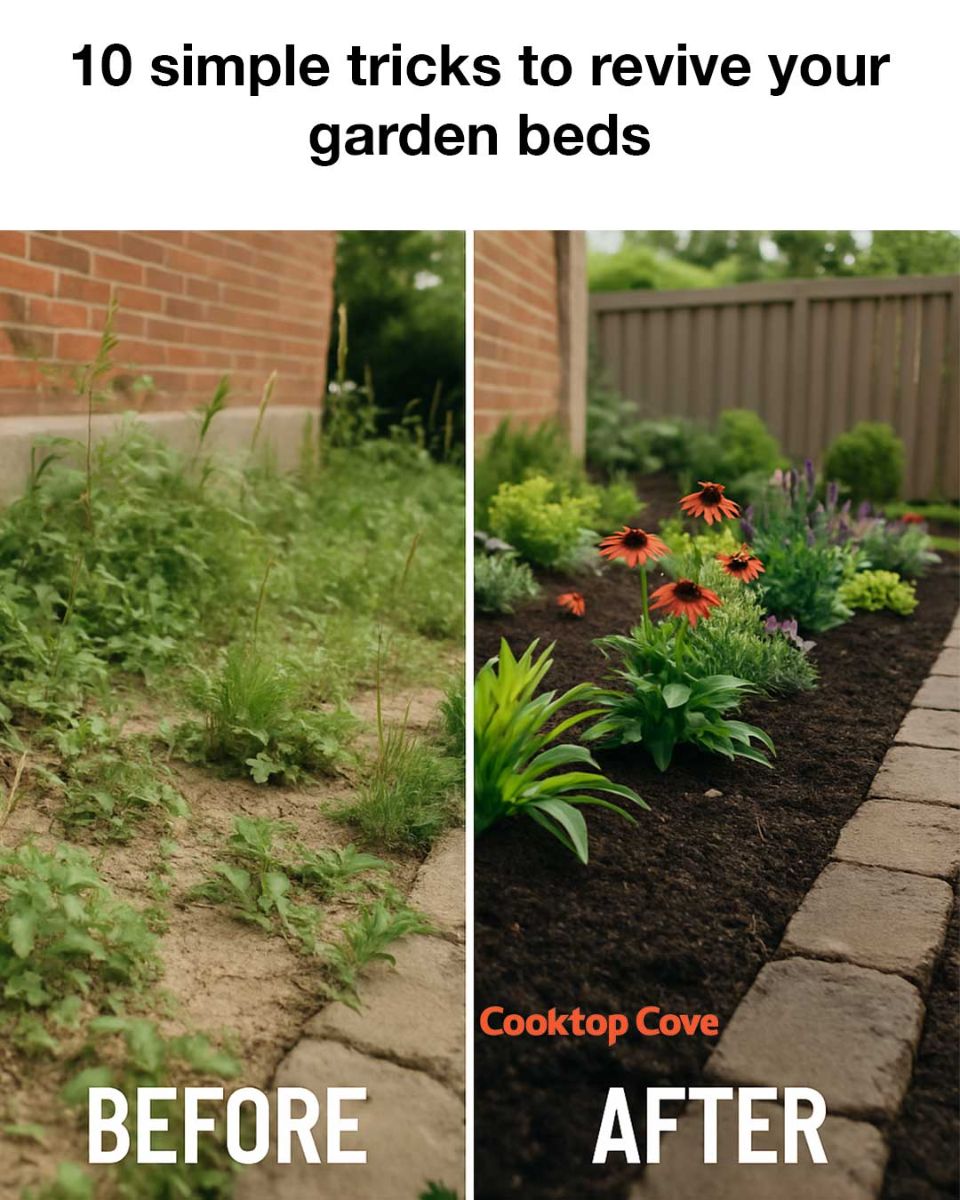Composting is an excellent way to recycle kitchen scraps and yard waste into nutrient-rich soil amendments. Start by setting up a compost bin or pile in a convenient location. Add a balanced mix of green materials (such as fruit and vegetable scraps) and brown materials (such as dried leaves and twigs).
Turn the compost regularly to aerate it and speed up the decomposition process. Within a few months, you’ll have rich, dark compost that can be used to enrich your garden beds. Compost not only improves soil fertility but also enhances its structure and moisture retention capabilities.
9. Water Efficiently with Drip Irrigation
Drip irrigation is a water-efficient method that delivers moisture directly to the plant roots, minimizing evaporation and runoff. Install a drip irrigation system with emitters spaced according to your plant’s needs. This system can be easily connected to a timer to ensure consistent watering.
By using drip irrigation, you can reduce water usage by up to 50% compared to traditional watering methods. This not only conserves a valuable resource but also helps prevent overwatering, which can lead to root rot and other plant health issues.
10. Rotate Your Crops
Crop rotation is a practice that involves changing the location of plant families in your garden each year. This helps prevent the buildup of soil-borne diseases and pests that can occur when the same plants are grown in the same spot repeatedly.
Plan your garden layout to ensure that crops from the same family, such as tomatoes and peppers, are not planted in the same location for at least three years. This practice also helps maintain soil fertility, as different plants have varying nutrient requirements and contributions. By rotating your crops, you can promote a healthier and more resilient garden.

